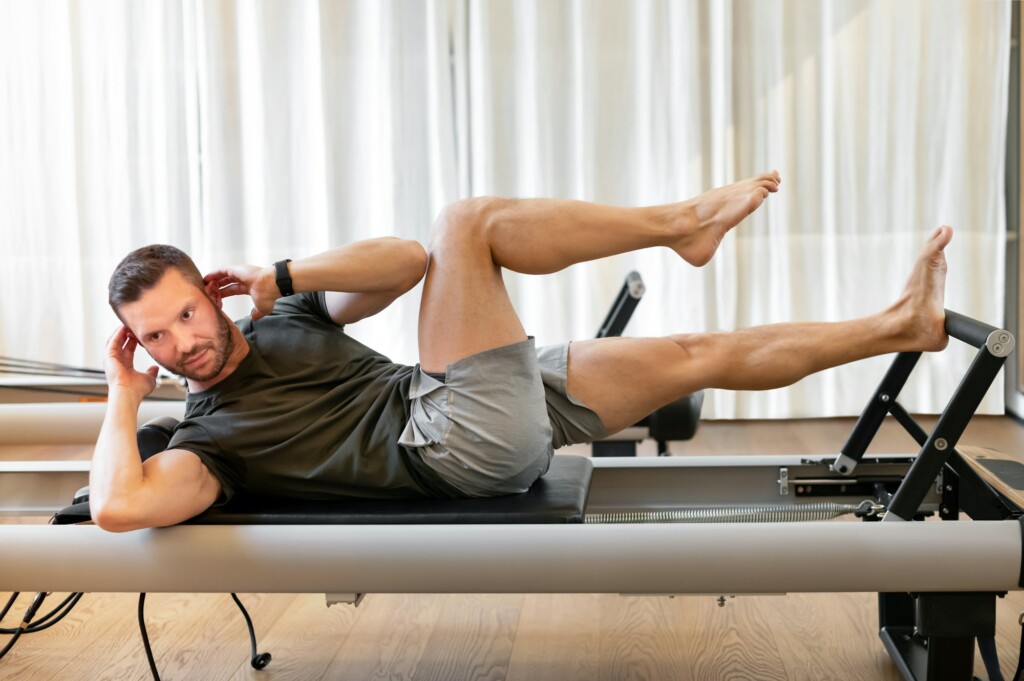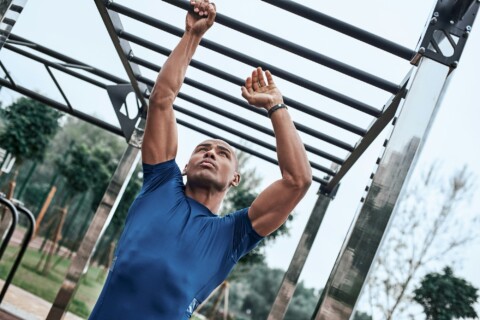Pilates is a fitness system developed by Joseph Pilates in the early 20th century, designed to strengthen the body, improve flexibility, and enhance overall well-being. Rooted in principles of breath control, concentration, centering, precision, control, and flow, Pilates focuses on developing a strong core, or “powerhouse,” to support efficient movement and proper alignment. In this guide, we’ll explore the power of Pilates and its transformative effects on core strength, posture, and overall fitness.
Core Strength: The Foundation of Pilates Practice
At the core of Pilates lies the concept of core strength—the ability to engage and stabilize the muscles of the abdomen, lower back, hips, and pelvis to support efficient movement and alignment. Pilates exercises are designed to strengthen the deep muscles of the core, including the transverse abdominis, obliques, and pelvic floor, which play a crucial role in stabilizing the spine and pelvis and maintaining proper posture. By developing a strong and stable core, Pilates practitioners can improve balance, reduce the risk of injury, and enhance overall physical performance.
Improved Posture: Finding Alignment and Balance
Poor posture is a common problem in today’s sedentary society, leading to a range of issues such as back pain, muscle tension, and reduced mobility. Pilates offers a solution to this problem by emphasizing proper alignment, spinal articulation, and postural awareness. Through a series of controlled movements and exercises, Pilates helps correct imbalances, lengthen tight muscles, and strengthen weak muscles, leading to improved posture, greater ease of movement, and reduced strain on the body.
Flexibility and Mobility: Enhancing Range of Motion
In addition to core strength and posture, Pilates also focuses on improving flexibility and mobility throughout the body. Pilates exercises emphasize lengthening and stretching muscles, increasing joint mobility, and improving overall body awareness and control. By incorporating dynamic movements and fluid transitions, Pilates helps increase range of motion, reduce stiffness, and promote graceful, efficient movement patterns.
Mind-Body Connection: Cultivating Presence and Awareness
One of the unique aspects of Pilates is its emphasis on the mind-body connection, encouraging practitioners to cultivate presence, focus, and awareness during each movement. By synchronizing breath with movement and maintaining mindful attention to alignment and form, Pilates promotes a sense of calm, centeredness, and inner balance. This mind-body connection not only enhances the effectiveness of the exercises but also carries over into daily life, helping practitioners move with greater ease, grace, and mindfulness.
Accessibility and Adaptability: Pilates for Every Body
One of the great strengths of Pilates is its accessibility and adaptability to individuals of all ages, fitness levels, and abilities. Whether you’re recovering from injury, managing chronic pain, or simply seeking to improve your overall fitness, there’s a Pilates practice that’s right for you. Pilates exercises can be modified to suit individual needs and limitations, making it an inclusive and empowering form of exercise for every body.
—
In conclusion, Pilates offers a powerful path to physical and mental transformation, helping practitioners develop core strength, improve posture, increase flexibility, and cultivate mindfulness. Whether you’re seeking to enhance athletic performance, recover from injury, or simply improve your overall well-being, Pilates provides a comprehensive and effective approach to fitness. So roll out your mat, breathe deeply, and embark on a journey of self-discovery and empowerment as you unleash the power of Pilates to strengthen your body, improve your posture, and enrich your life.





